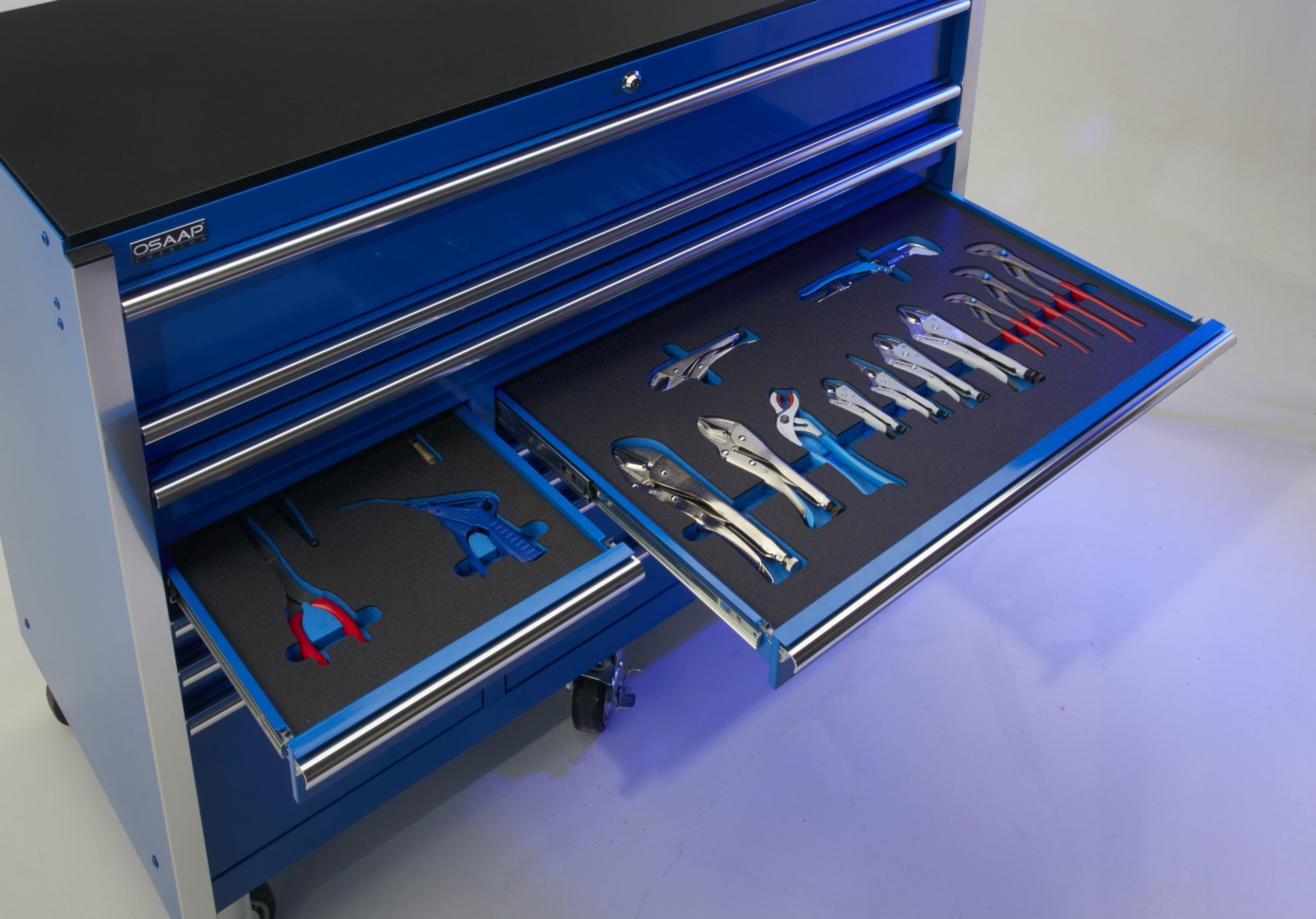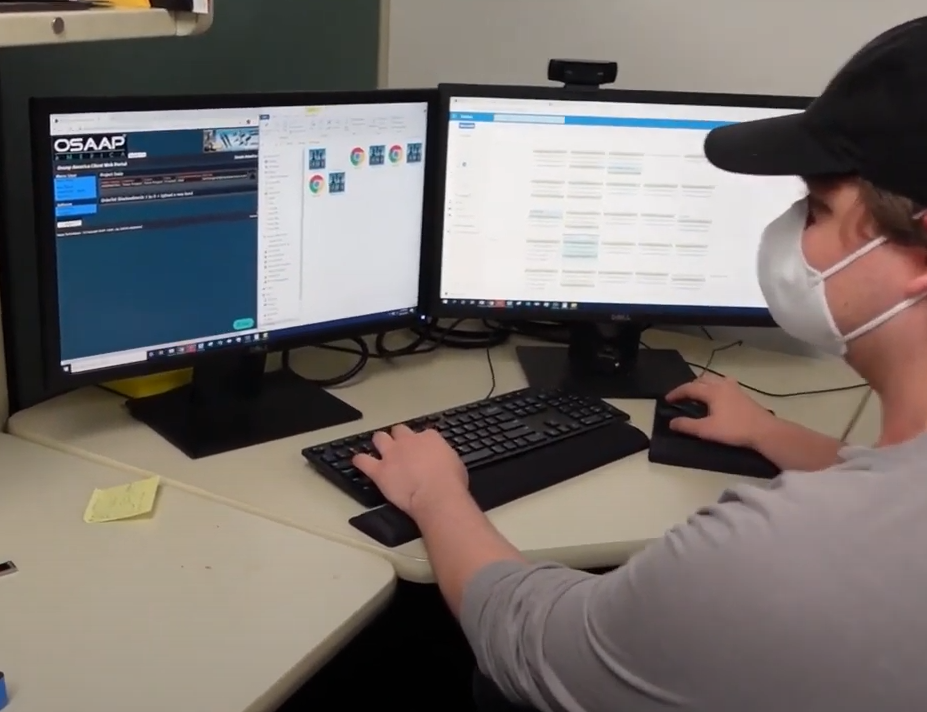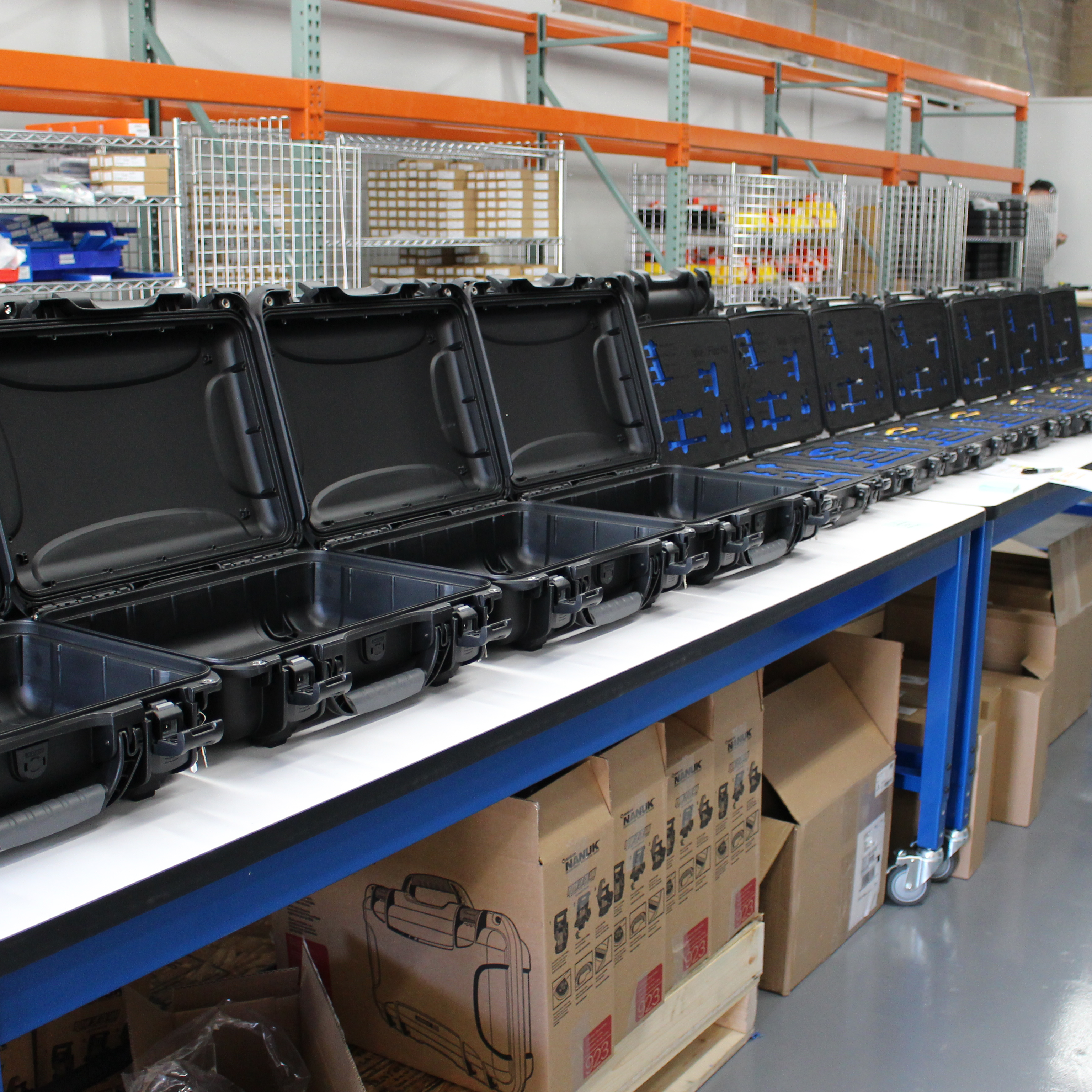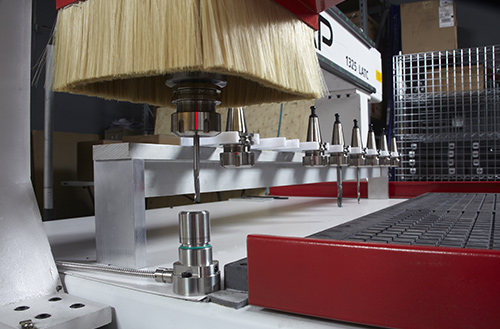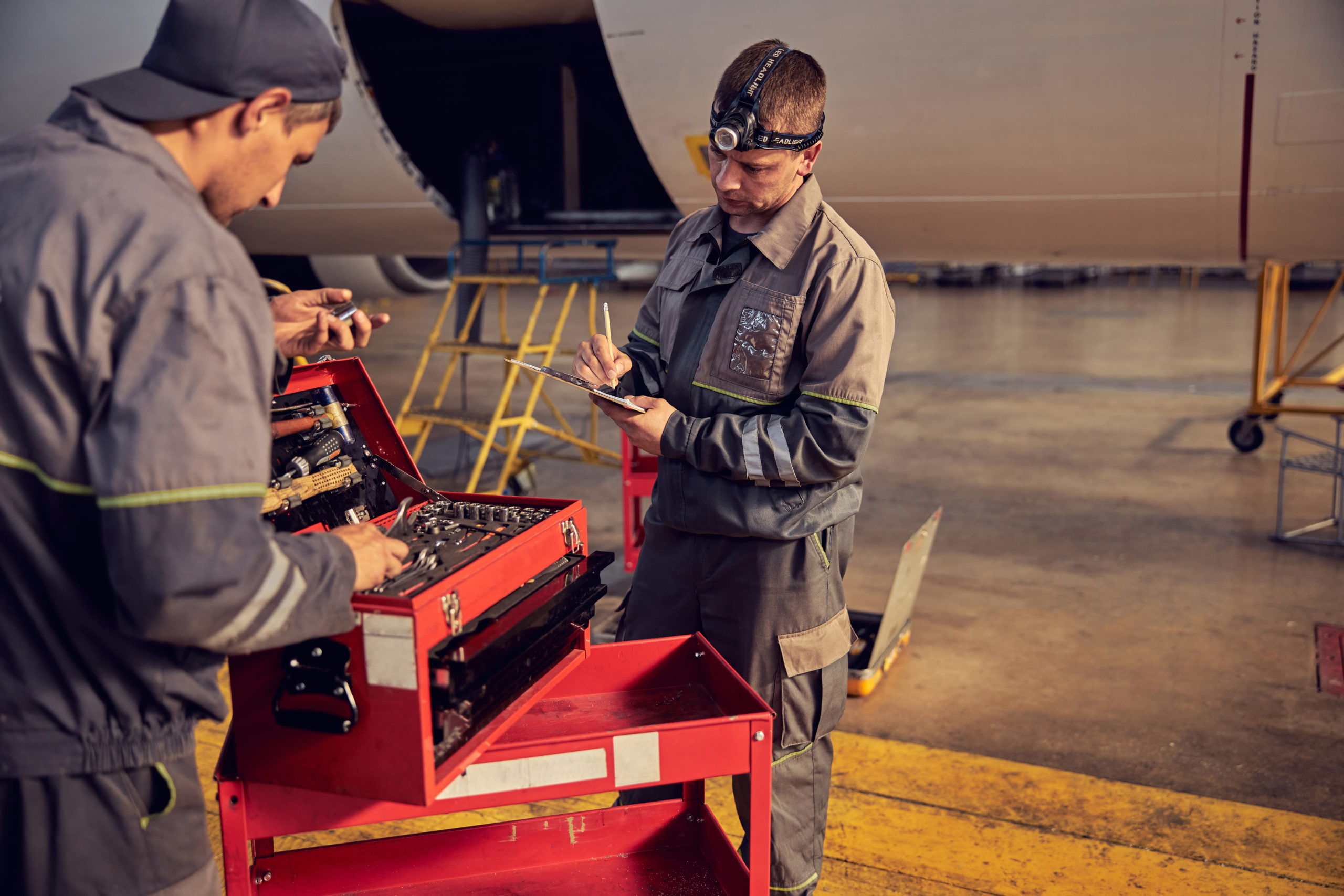Elevate Compliance and Safety with Tailored Occupational Safety Solutions
Introduction to Occupational Safety Solutions
Occupational Safety Solutions are your first line of defense in creating a workplace that’s safe and compliant with regulations. Think of them as custom tools designed to fit your company’s specific needs, ensuring that both employee well-being and business operations are protected. These solutions can range from safety policies and training programs to ergonomic equipment and emergency response plans. Each business is unique, so what works for one might not be the right fit for another. By tailoring Occupational Safety Solutions to your operations, you’re not just ticking boxes for regulations; you’re building a culture that values safety. This approach not only reduces the risk of workplace accidents and injuries but also boosts employee morale and productivity. Ultimately, investing in these solutions is investing in your company’s future success.
The Importance of Customized Occupational Safety Plans
Every workplace has its own risks and challenges, making a one-size-fits-all approach to safety insufficient. Customized occupational safety plans are not a luxury but a necessity. These tailored plans consider the unique aspects of your business – the specific hazards, the layout of the workplace, and even the behaviors of your employees. By focusing on these elements, a customized plan not only ensures compliance with local and federal safety regulations but also significantly reduces the risk of accidents and injuries. Imagine two workplaces: a construction site and a research lab. The risks found in a construction site, such as falls or equipment-related injuries, differ vastly from those in a research lab, where chemical exposure or contamination might be the concern. A generic safety plan would fail to address these unique dangers effectively. Moreover, a tailored safety plan can adapt to changes within your business, including new equipment, procedures, or shifts in personnel. This adaptability is key to maintaining a safe working environment over time. Remember, investing in a customized safety plan isn’t just about avoiding fines or legal issues; it’s about creating a culture of safety that protects your team and promotes productivity.
Key Elements of Effective Occupational Safety Solutions
Every workplace needs a solid occupational safety solution to protect its workers and operations. Here’s a straightforward look at the key elements that make one effective. Identification of hazards comes first. It’s about knowing what could go wrong and where. Then, there’s assessment. This step weighs how likely it is for those hazards to cause harm and how severe it could be. With the risks known, the next part is control. This means putting measures in place to manage or eliminate the hazards. It’s crucial to also have training. Workers need to know how to avoid dangers and what to do if they encounter them. Finally, an often overlooked but vital part is monitoring and review. It’s not just about setting things up; it’s making sure they work over time and improving them when they don’t. Getting these elements right ensures a safer workplace for everyone.
Identifying Workplace Hazards: The First Step to Safety
Spotting dangers at work is the first move in making your workplace safer. Think of it as the foundation of a house – without a solid start, the rest won’t hold up. Workplace hazards come in many forms, such as physical risks like slips and falls, chemical dangers from exposure to harmful substances, and even stress from high-pressure environments. Understanding these risks is key. Start by walking around your workplace, keep your eyes open for anything that seems off, and talk to your team about the issues they’re facing. It’s all about teamwork. Once you know what you’re dealing with, you’re in a much better position to fix it. Remember, a safe workplace isn’t just good for health; it’s also good for business.
Tailoring Solutions to Different Industry Needs
Different industries have their own set of risks and compliance requirements. A one-size-fits-all approach doesn’t work when it comes to occupational safety. For example, the construction sector faces hazards like falls from heights, while the healthcare industry deals with biological threats and the manufacturing sector grapples with machine-related injuries. To effectively minimize these risks, tailored solutions are essential. This means assessing each industry’s specific needs, understanding the nature of its workplace hazards, and implementing customized safety strategies. By doing so, businesses not only comply with legal requirements but also build a safer work environment. This approach boosts employee confidence and productivity, which in turn benefits the organization’s bottom line. Tailoring safety solutions to individual industry needs is not just about meeting standards; it’s about protecting the workforce and ensuring business continuity.
Incorporating Technology into Occupational Safety
In today’s world, technology has become a game-changer in how we approach occupational safety. By incorporating tech solutions, companies can significantly cut down on accidents and ensure a safer workplace for everyone. Tools like wearables monitor workers’ vitals and alert them to potential hazards. Then, there’s software that tracks and analyzes safety incidents to prevent future occurrences. And let’s not forget drones and robots that can inspect dangerous or hard-to-reach areas without putting human lives at risk. These technological advancements not only improve safety but also boost efficiency and productivity. By staying updated with tech, companies are taking a giant leap forward in protecting their most valuable asset: their workforce.
Training and Education: Cornerstones of a Safe Workplace
A safe workplace doesn’t just happen; it’s built through the commitment to training and education. These are not mere checkboxes on a to-do list but the backbone of any effective safety program. You need to get this straight: without proper training, even the most advanced safety protocols are just good ideas on paper. Let’s break it down – good training equips your team with the skills to identify risks, and act in emergencies, ensuring the well-being of everyone involved.
Now, education takes it a step further. It’s not just about the how but also the why. Understanding the reasons behind safety measures fosters a culture of safety. It’s about making safety a personal responsibility rather than a forced obligation. Think about it; a worker who knows why it’s important to wear protective gear will likely keep it on, not just when the supervisor is around, but always.
Both training and education must be ongoing. Safety isn’t a one-time deal. With new technologies and evolving workplace environments, updating knowledge and skills is key to staying ahead of potential hazards. This approach not only minimizes risks but also boosts employee morale. People feel valued and protected, leading to better job satisfaction and productivity.
Remember, a safe workplace is a collective achievement. By prioritizing training and education, you’re not just complying with regulations; you’re investing in your team’s future. It’s simple, yet profound – knowledge saves lives. Let’s make every workplace safer, one training session at a time.
Regular Audits and Assessments for Continuous Improvement
Regular audits and assessments are key to ensuring your workplace stays on top of compliance and safety. Think of these audits as routine health checks for your company. Just like you’d see a doctor for a physical exam, your workplace needs regular evaluations to ensure it’s following the rules and keeping everyone safe. During audits, experts come in to review your procedures, identify areas where you may be falling short, and offer advice on how to fix these issues. This process is not about pointing fingers but about finding ways to improve. By undergoing regular audits, you’re not just ticking boxes for compliance; you’re taking proactive steps towards creating a safer, more efficient workplace. The goal here is continuous improvement—always looking for ways to be better. This approach doesn’t just reduce the risk of accidents or legal issues; it also shows your employees that you value their safety and well-being, which can boost morale and productivity. Keep in mind, staying compliant and safe is not a one-time task but an ongoing process. Regular audits and assessments are your best tools in this journey.
Compliance with Regulations: Navigating Legal Requirements
Compliance with legal regulations in the workplace isn’t just about ticking boxes—it’s about ensuring the safety and well-being of everyone at your company. Different industries have different rules, but the goal is always to avoid injuries, fines, and legal trouble. The key to navigating legal requirements is understanding that laws change and vary by location. It means keeping up-to-date with the Occupational Safety and Health Administration (OSHA) standards or similar bodies in your country is critical. For businesses, this could involve regular training for your team, conducting safety audits, and ensuring all equipment meets safety standards. Remember, the cost of ignoring these regulations can be much higher than the investment in compliance. Simple steps, taken consistently, can protect your business from penalties and your team from harm.
Conclusion: Elevating Workplace Safety and Compliance
Improving workplace safety and compliance isn’t just about following rules; it’s about creating an environment where every employee feels safe and valued. Tailored occupational safety solutions offer a strategic approach to meet specific needs, ensuring both compliance and enhanced safety. Remember, investing in the right safety measures not only minimizes risks but also boosts overall productivity. As we’ve explored, understanding the various solutions and how they can be customized for your workplace is key. Start by identifying your unique needs, then work towards implementing solutions that not only meet regulatory requirements but also foster a culture of safety. Ultimately, elevating workplace safety and compliance is a continuous journey, one that protects your team and contributes to the success of your organization.

